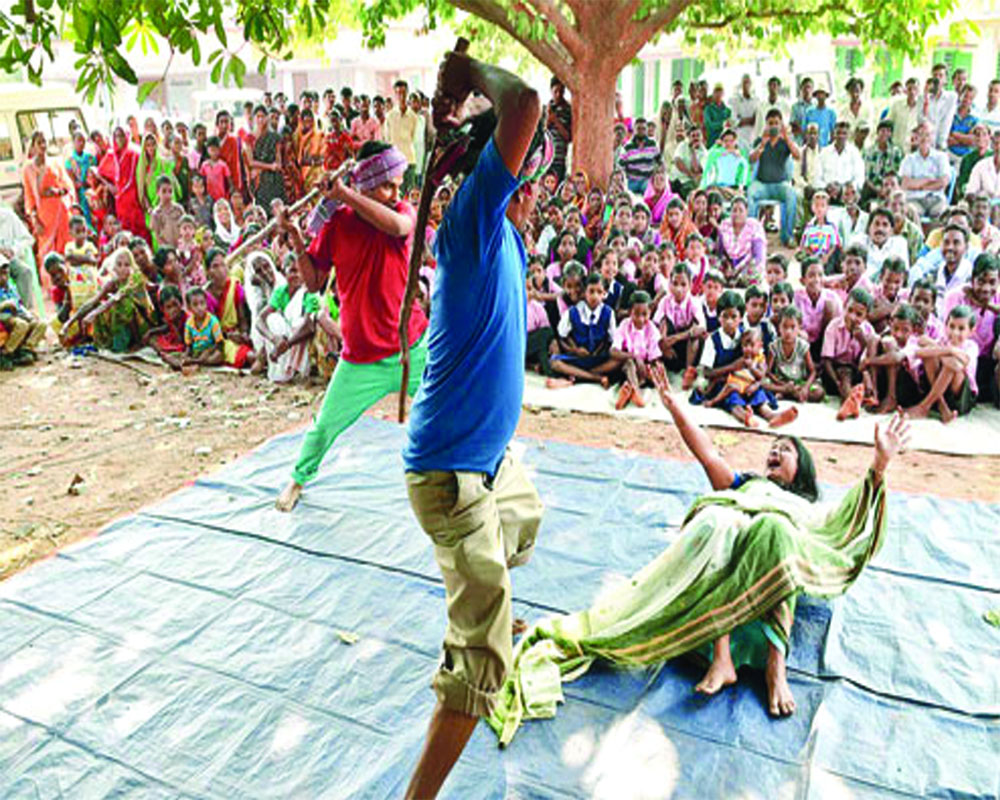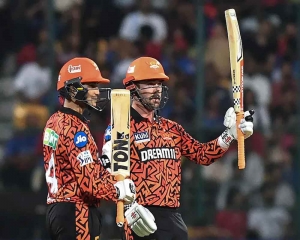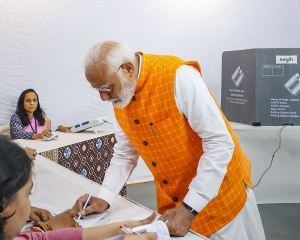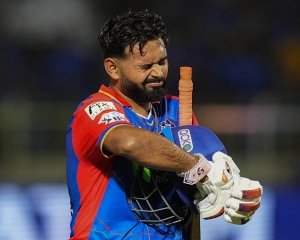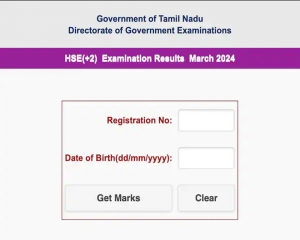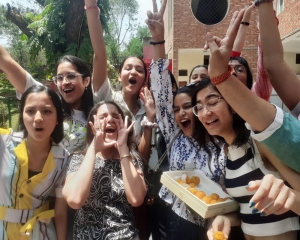Witch-hunting is used as a tool to subjugate women and there will always be a new reason to brand a woman a witch in the hinterlands of India
I can never forget the night when the entire village, including women, armed with weapons came to attack a helpless woman on the suspicion of being a witch. I would also have been killed with her had I not called the police”, recalls 72-year-old Birubala Rabha, a victim-turned-crusader from Assam’s Goalpara district, referring to a ghastly incident that took place in a small village on the Assam-Meghalaya border in 2007.
This year the primary school-educated Rabha was the recipient of the Padma Shri, India’s highest civilian award for her crusade against witch-hunting. The award was a much-deserved pan-India recognition of her work. Rabha, ostracised and branded as a witch, devoted her life for the cause of other women like her, and, through her organisation Mission Birubala, has been the force behind the State’s law to check the practice of witch-hunting in Assam.
There is no dearth of women like Rabha in Assam, who came close to death or got killed, as more than two-thirds of its districts reported incidents of witch-hunting. As per the State Government’s records, 107 people, mostly women, got killed between 2011-2019. Locally, even a village on the Assam-Meghalaya border, is called “dainigaon (village of the witches)”, where many ostracised women live in isolation.
“In rural hinterlands, a Deodhani, Bez or an Ojha (people who allegedly specialise in healing, casting out unclean spirits and telling fortunes) wields tremendous influence. They often target a widow, a single or a guardian-less woman…...with little or no formal education …… and label her a witch, when they are clueless about a malaise. Many poor people fall into their clutches, not solely out of superstitious belief, but also because of their inability to pay for a qualified doctor”, says a 2014 field report from the districts of Goalpara and Sonitpur, conducted by the Partners for Law in Development (PLD), a Delhi-based legal resource group.
Rightly, Rabha in her ‘Manuhe Manuhor Babe’ campaign, cautions gullible villagers against falling prey to such quacks who are nothing but “money-making racketeers exploiting people’s ignorance.”
The PLD’s field study in Assam, Bihar, Jharkhand and Chattisgarh, also reveals that “women are more often targeted for material motives.” Dibyajyoti Saikia, a human rights ac-tivist, who leads a Guwahati-based organisation, Brothers, feels that “individual factors like personal rivalry, jealousy, conspiracy come into play in such targeting in semi-urban and rural areas.” Mamani Saikia, district co-ordinator, Goalpara, further explains that “in calculated attacks, gender relationship determines the selection of targets, often driven by ulterior interests like grabbing a property or for sexual exploitation, whereas, in surprise attacks, which are more violent in nature, the goal is supposedly to eliminate an evil.”
Dalit and marginalised women are doubly prone to such attacks because of systemic patriarchy and also because of their social identity. However, Natyabir Das, a medical practitioner and a co-ordinator of Mission Birubala, says: “Though women as victims are more in number but in recent times, men are also facing such accusations.”
Now, as per the National Crime Records Bureau, more than 2,500 people, mostly women, got killed in such incidents between 2000-2016, while many believe that the number is much higher, as most States don’t list witchcraft as a motive for murder.
Nevertheless, some States like Bihar, Chhattisgarh, Jharkhand, Odisha, Rajasthan, Assam, Maharashtra and Karnataka have framed anti-witchcraft Acts. Commenting on the existing Tonahi Pratadna Nivaran Act, 2005, Chhattisgarh, Dinesh Sharma, a doctor-turned-activist and founder of Andhshraddha Nirmoolan Samitee, rues that “hundreds of cases are pending under the Act. Many victims have died and without fast-track courts, the purpose of the Act is somewhat defeated.
Moreover, in such incidents of organised community violence, the law cannot overlook the complicity and accountability of a village sarpanch or a kotwal.”
Ajay Agarwal, Secretary, Association for Social and Human Awareness, Ranchi, Jharkhand, echoes similar sentiments. He says: “Though more than 1,300 women were killed since 2000 in the State, there’s no official data available under the Prevention of Witch (DAAIN) Practices Act, 2001. Some cases get registered under the IPC and only one or two get convicted, while almost the entire village is responsible for such killings.”
Assam’s new Act, notified in 2018, has been feted as India’s toughest anti-witch-hunting law, which makes any offence under it non-bailable, cognisable and non-compoundable.
However, the State’s ADGP, LR Bishnoi, highlighted that the wider scope of legal protection included in the Act with the setting up of special courts and addition of new offences related to targeting, humiliation and ostracism, and so on are hitherto not part of the IPC.
Dibyajyoti Saikia opines that “the Act is yet to make any visible impact…. and the police still have a tendency to settle cases through a compromise.” Natyabir Das says that agencies like the ASTEC (Assam Science Technology and Environment Council) have been chipping in through awareness drives, but admits that “a thorough training of police officials is required.” Executive Director, PLD, Madhu Mehra, states that the Assam Act is definitely an improvement, more like the Rajasthan Act. But, unlike Rajasthan, the State is yet to frame rules regarding compensation and rehabilitation.
Manisha Behal, Executive Director, North East Network, a Guwahati-based women’s rights organisation, also laments that the menace could have been better tackled on the ground by the frontline workers had the rules been in place.
Many activists point out that the existing legal regime, be it the IPC or special Acts, vests enormous power with the police, who are often found to be wanting in their preventive and protective role, particularly when the victim is poor or a woman.
Thus such Acts remain merely as pieces of paper failing to make any dent in the impunity attached to the practice. The legal vacuum for compensation of losses due to social ostracisation, forced displacement, or deprivation in livelihood opportunities is another drawback. Mehra, however, is sceptical about the actual realisation of compensation even if such a provision gets legal backing as the process of conviction is a long-drawn affair, with the accused mostly being as poor as the victim.
Many activists vouch for socio-legal measures like dialogue and awareness creation to help people distinguish between what is a socially permissible act and a crime. Some also voice the need for a central legislation reviving the Prevention of Witch-Hunting Bill, introduced in the Lok Sabha in 2016.
Witch-hunting is used as a tool to subjugate women and there will always be a new reason to brand a woman as a witch. As incidents of women bearing the brunt of personal vendetta and unfounded smear campaigns continue to pour in from many parts of India, the issue of witch-hunting deserves greater attention not only from the legal point of view but from a wider socio-economic perspective.
The writer is a retired Indian Information Service officer and a media educator. The views expressed are personal.













